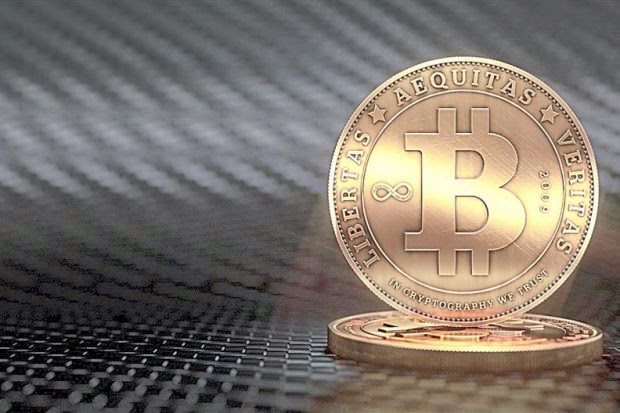UNITED States President Barack Obama will be in Malaysia soon. Among the issues on his agenda will be the current status of the Trans Pacific Partnership Agreement (TPPA).
It is an opportunity to clarify with the President himself what the chances are that the TPPA will be approved by Congress, once a deal is reached.
Of concern is that the Congress will only pass the TPPA if it has a clause disciplining countries that are “currency manipulators”.
This concern is especially serious since a recent influential report cited Malaysia as one of the two TPPA countries that qualified as “currency manipulators.”
As Obama will be coming from Tokyo, he will presumably share the latest news on the US-Japan negotiations, which have been a major blockage to the TPPA’s progress.
Japan does not want to fully open up five “sacred” farm products (rice, wheat, sugar, beef and pork and dairy products) under the TPPA, but could reach a private deal allowing the US to sell more to Japan by enabling a certain volume of American products to enter at zero or lower tariffs.
Whether such a bilateral deal (reported last week in a Japanese newspaper) will be at the expense of other TPPA members should of course be analysed and be part of the negotiations.
If the US and Japan reach an agreement, the TPPA talks are expected to be “unblocked” and countries will be under pressure to quickly reach an overall deal on all issues.
Obama can then be expected to nudge Malaysia to go forward. But Malaysia has found that there are several problems to a quick deal.
Last week, International Trade and Industry Minister Datuk Seri Mustapa Mohamed briefed civil society groups, reportedly telling them that Malaysia is standing firm in its position on tobacco control, intellectual property and medicines, disciplines on state-owned enterprises and government procurement, investor-state dispute, bumiputra rights, and that the TPPA should not affect the Constitution nor federal-state relations.
There is another important matter. What if the US agrees to a final TPPA deal. Can it stand by such a deal, since it is Congress that has jurisdiction over trade policy?
Obama is trying to get “fast track authority” from Congress, but many members of the House and Senate do not want to give that to him.
This means the Congress can decide to alter parts of the TPPA, and what was agreed to after years of painful negotiation will then unravel.
Why then should the other countries table their “bottom line” in the TPPA when what is agreed to can be opened up again by Congress? Senior officials in some countries have said they won’t agree to sign the TPPA unless the US President obtains fast-track authority.
Powerful Congress members have also proposed that as part of the TPPA, the US be allowed to punish countries that manipulate their currency — to give themselves a trade advantage.
Claiming to be backed by a clear majority, they are insisting that the TPPA contain disciplinary actions against currency manipulators, including that tariffs can be raised against the offending countries’ products.
Inside US Trade reported that Republican Senator Lindsey Graham and Democrat House Member Sander Levin warned they would vote against the TPPA when it comes before them unless it contains enforceable provisions to combat currency manipulation by foreign governments.
A major problem with this Congress’ proposal is how “currency manipulators” are defined. Many developing countries consider the US itself to be a manipulator because the trillions of dollars it has placed in the banking system through its easy-money policy has depressed the value of the dollar to remain at low levels and raised the country’s export competitiveness.
But that’s not how the Americans define manipulation. Fred Bergsten of the Peterson Institute, a main intellectual force behind the Congress move, proposes three tests to determine a currency manipulator: the country possess excessive official foreign currency assets (more than six months of import value); it has acquired significant additional amounts of official foreign assets, implying substantial intervention, over a recent period of six months; and it has a substantial current account surplus.
Based on these criteria, Bergsten concludes, in a Financial Times article, that: “Only two countries now involved in the trade pact negotiations – Malaysia and Singapore – have been recent manipulators.”
He proposes that those who fail these tests should face stiff penalties: They should lose the wider market access obtained via the TPPA; countervailing duties should be permitted against their exports subsidised by deliberate undervaluation; and “sweeping import surcharges” could also be authorised.
On top of this, the trade pact should also authorise “countervailing currency intervention”, through which it could offset the manipulators’ purchases of its currency by buying equal amounts of theirs.
Bergsten’s ideas are extreme, but they have been cited by Congressman Levin when he made his proposal.
Can the TPPA countries agree to having a currency manipulation chapter in the agreement? If so, the TPPA will contain a very dangerous element and it will also set a dangerous precedent for other future agreements.
In any case, it is worthwhile for Malaysia to pay close attention to this issue, and bring it up with Obama, since it is one of the two countries fingered by Bergsten as being “currency manipulators.”
 Bergsten’s astounding charge that Malaysia is a currency manipulator should also be answered.
Bergsten’s astounding charge that Malaysia is a currency manipulator should also be answered.Contributed by Global Trends by Martin Khor
Related posts:



















